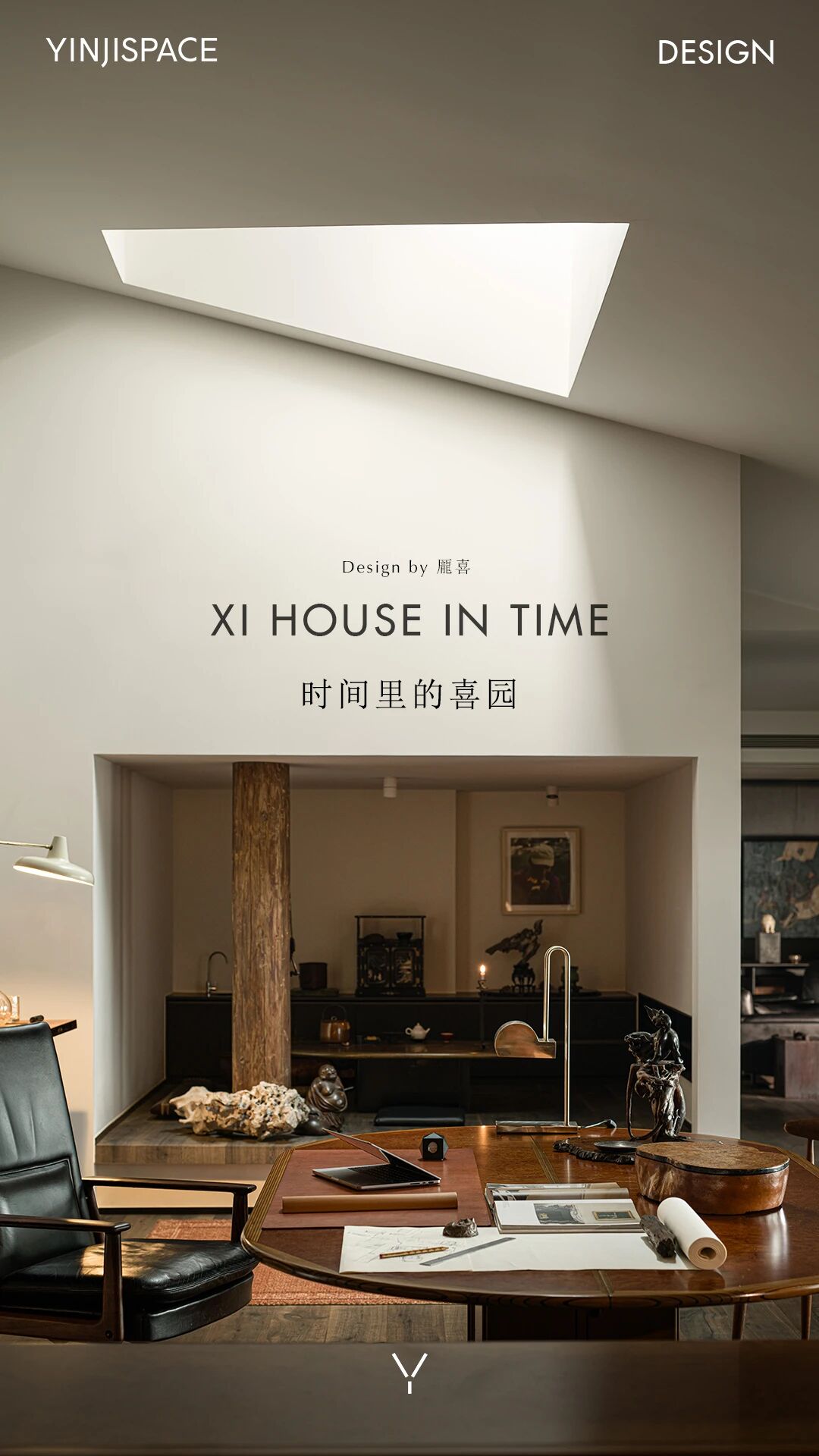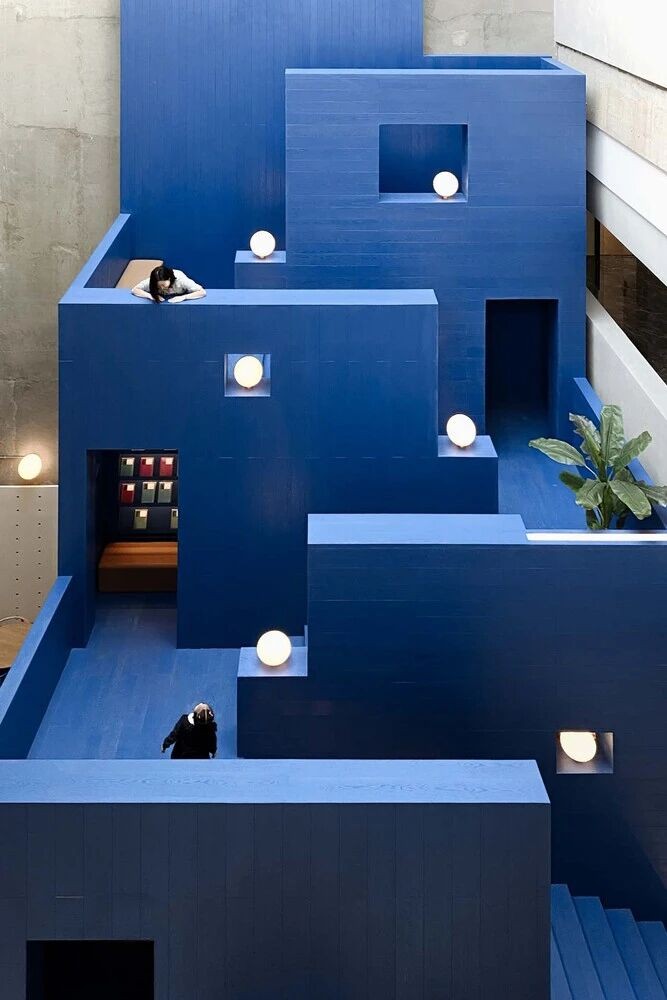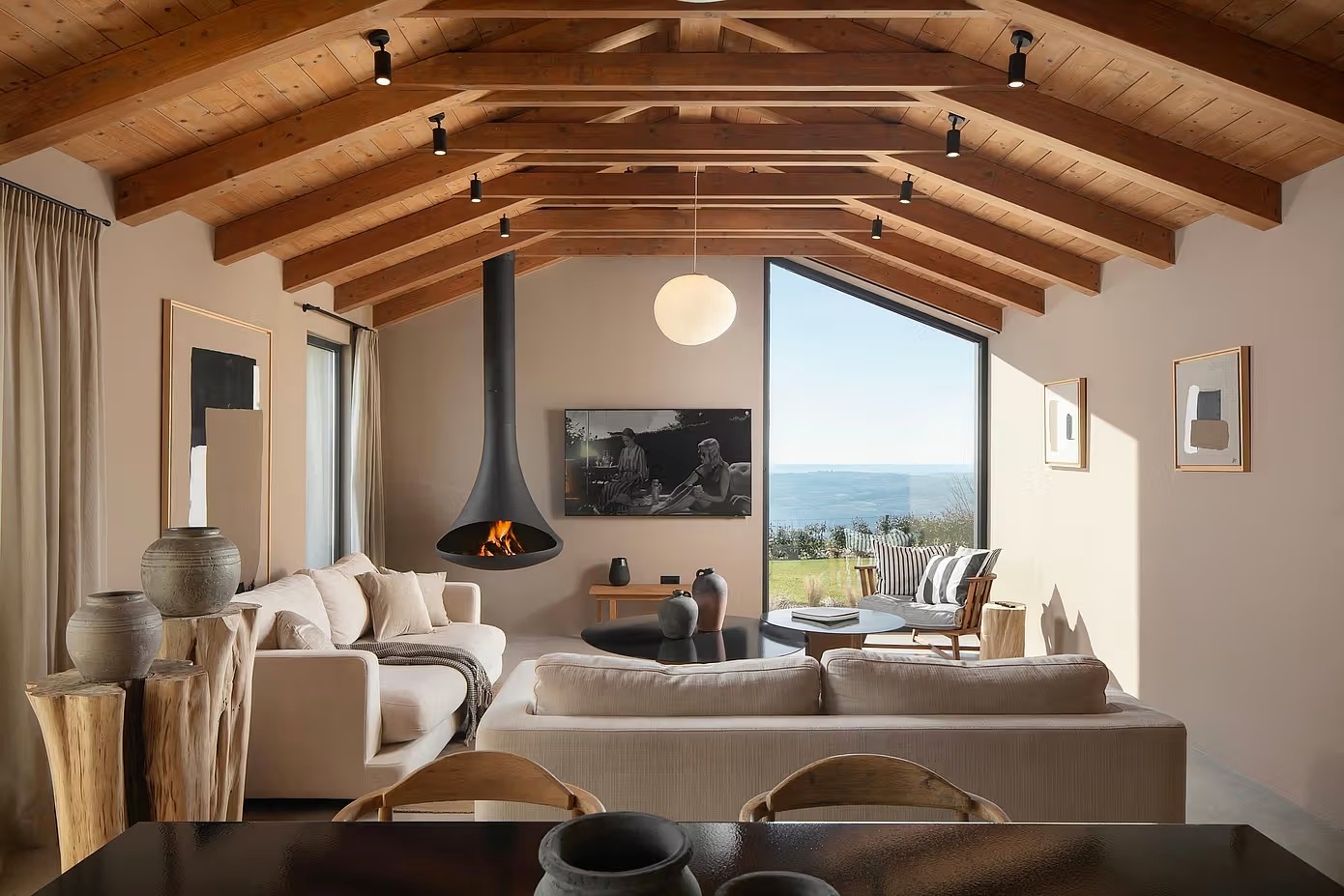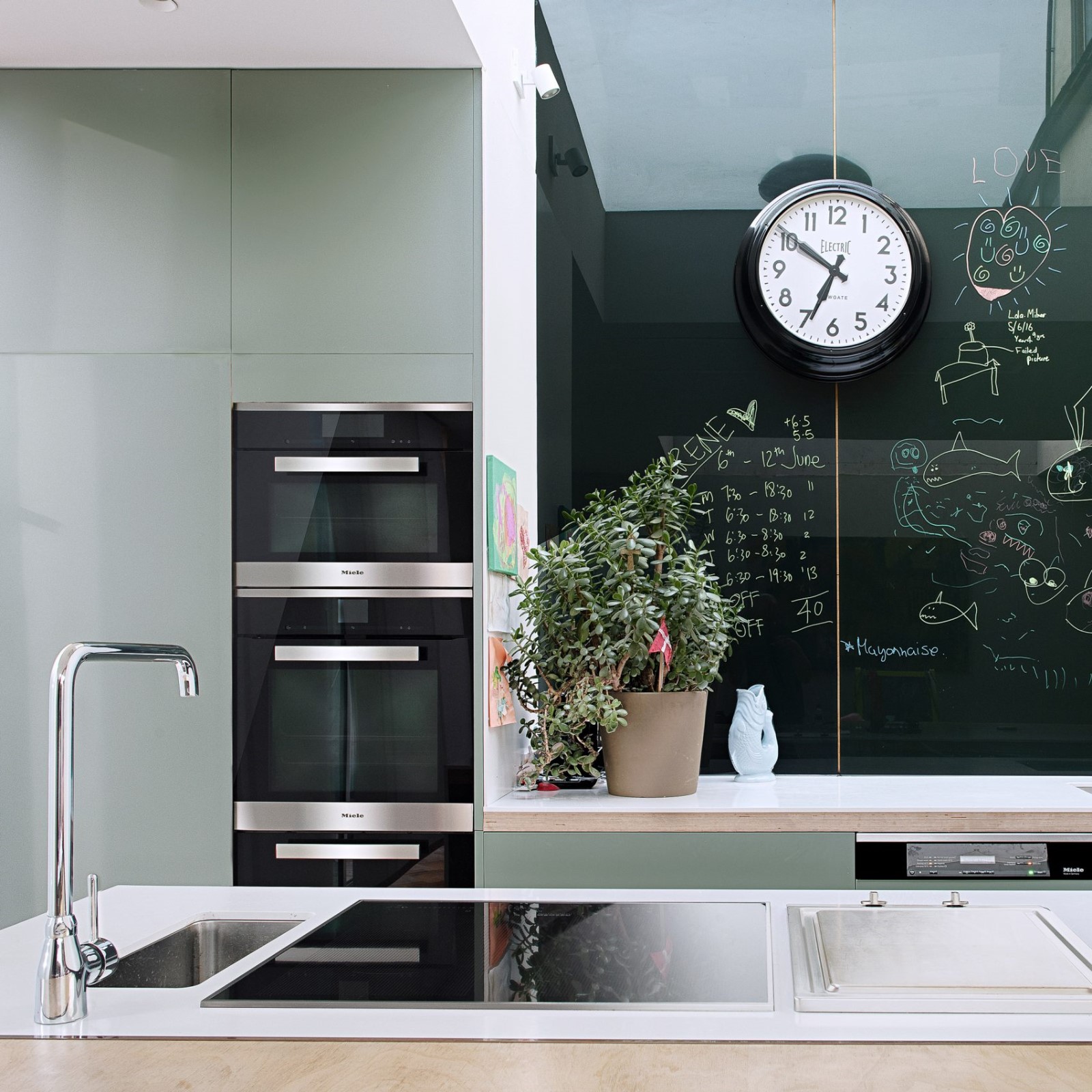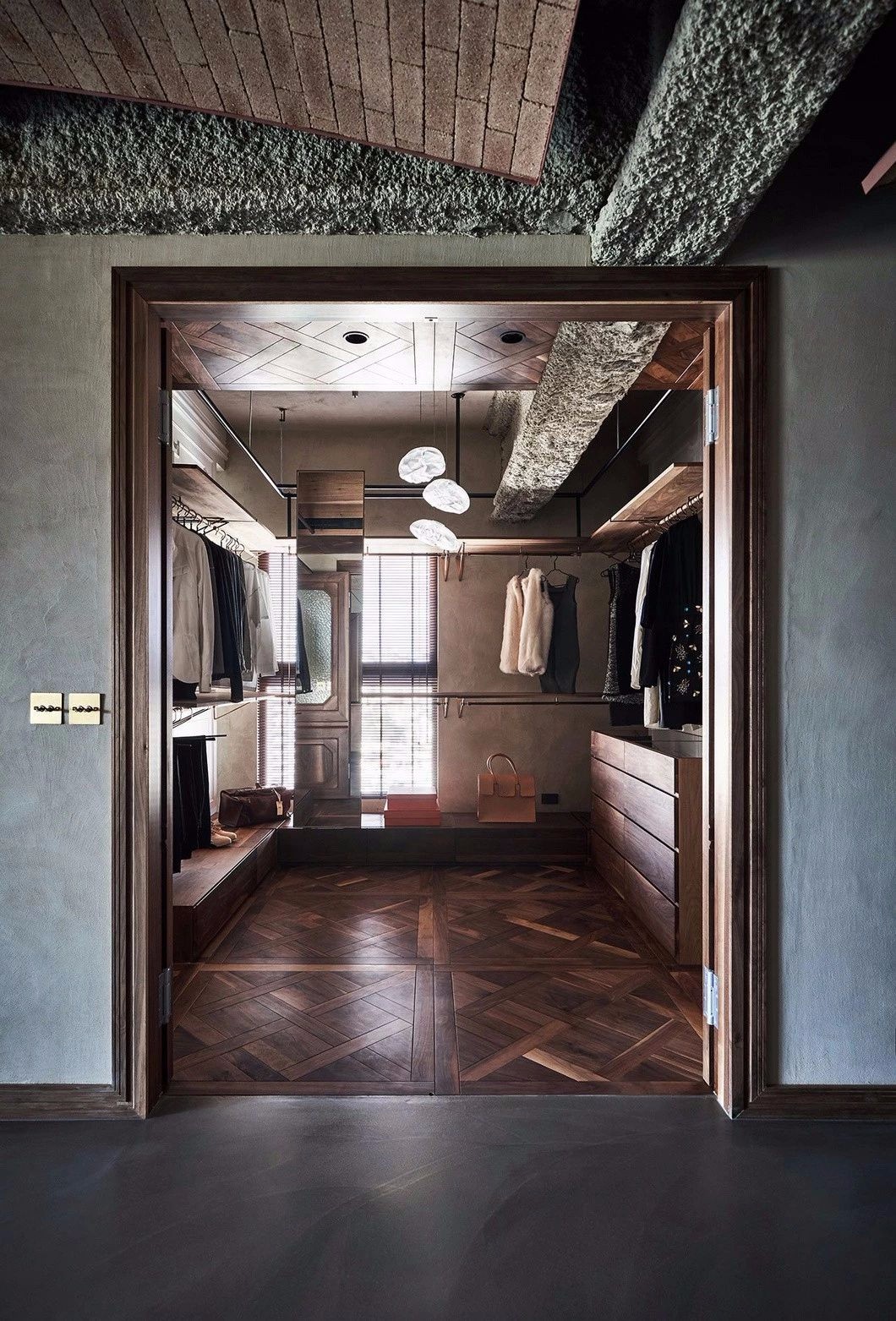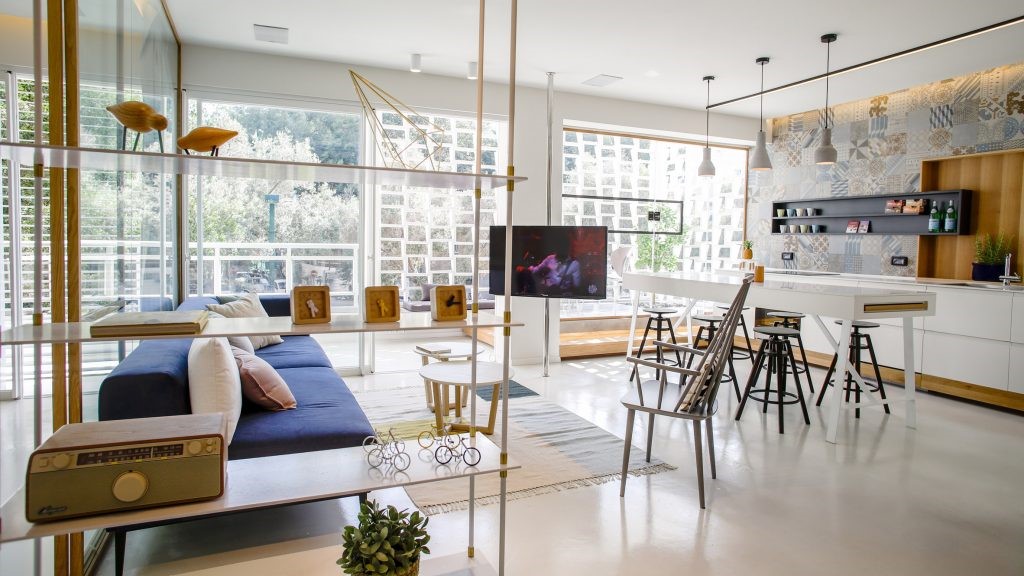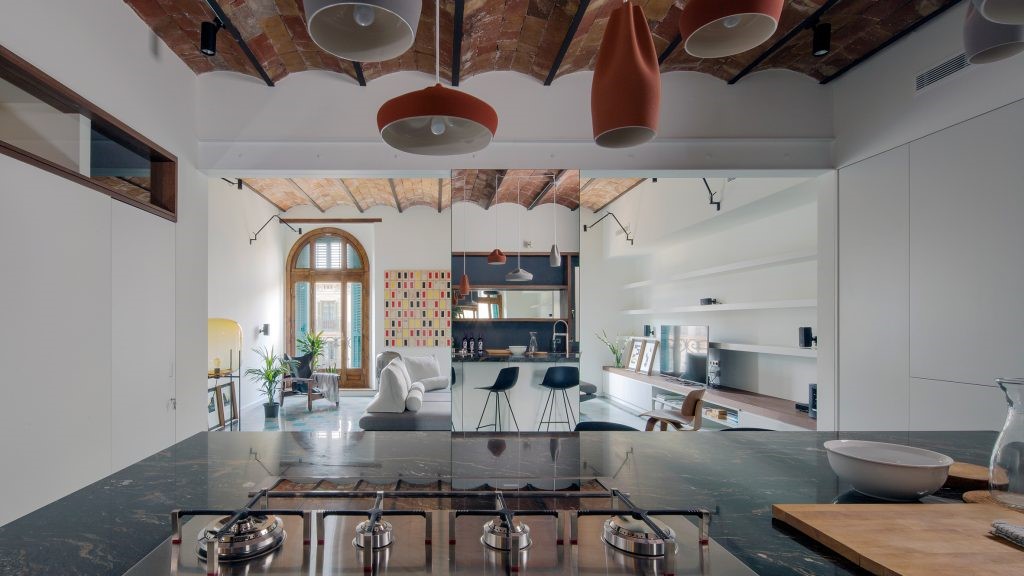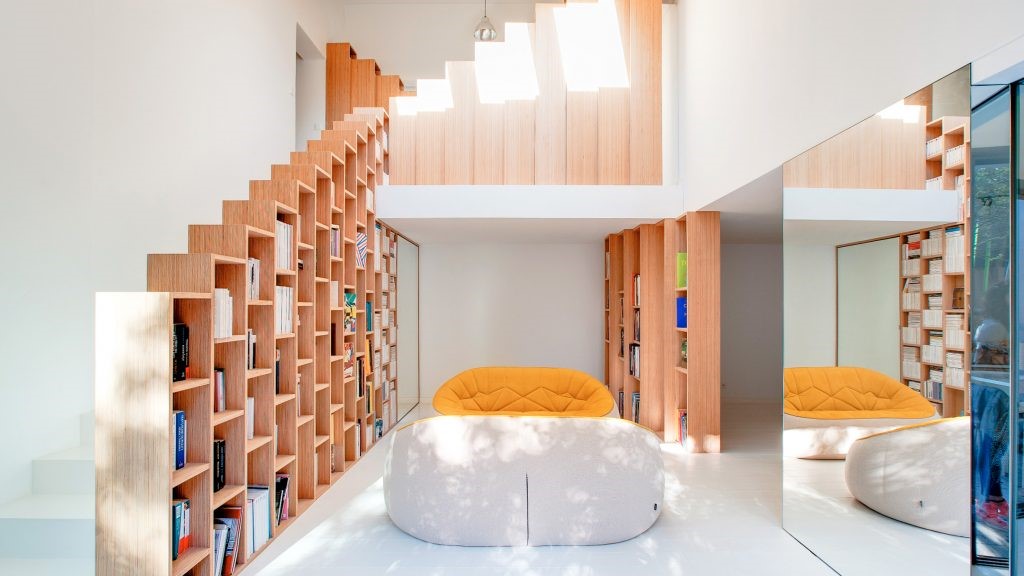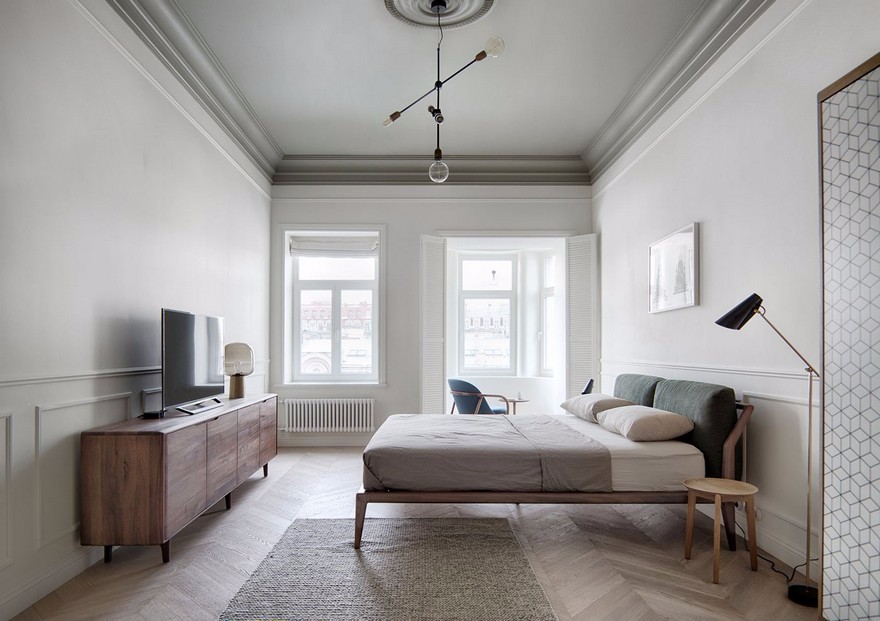专访 龎喜,时间里的喜园 首
2025-11-12 22:44
“喜舍”的公共方法,到“喜园”的
生活日常
。龎喜没有把
“家”当作一次性完成的作品,而是看作与时间共处的过程:时间
、气味、
光线
与四时温度,
被微妙地
叠加在
收藏
与日常之间
,让空间自然地生出温度
对他而言,
“喜园”的底色,与苏州的文化血脉密不可分。这种“精细度”与“节制”,不是外部训练的结果,而是一种被生活长期滋养的自然自觉。他提到太湖流域的富足与江南的根性,“审美是根深蒂固的,它在骨头里”。
From the public ethos of Xi She to the everyday life of Xi Yuan.Pang Xi never saw home as something to be completed,but as a process of living with time.Patina, scent, light, and the changing seasonslayer gently between objects and daily life,allowing the space to grow its own warmth.For him, the essence of Xi Yuan is inseparable from the cultural roots of Suzhou.Its precision and restraint are not learned skills,but a quiet awareness shaped by years of living.He speaks of the richness of the Taihu region and the character of Jiangnan:“Aesthetic sensibility,” he says, “is something ingrained in the bones.”




过去十年的旅行,龎喜穿梭在全球的博物馆之间,但看遍世界,最打动他的还是那些来自东方的细节。当他重新走进园林,感受也因阅历而有了更多变化,看到的不再是灰与静。
“以前我觉得园林是灰的。现在我看到它一年四季都有颜色。我也希望我的园子是这样的——一年四季都在变化,被生活影响,被时间影响。”
The past decade of travel took him through museums around the world, yet after seeing so much, what moves him most are still the details of the East. When he returned to the gardens, his perception had changed with time and experience; he no longer saw only the grey and stillness. “I used to think gardens were grey,” he says. “Now I see color in every season. I want my own garden to be the same—changing through the year, shaped by life, and touched by time.”






从喜舍到喜
园:方法回到日常
ringing method back to everyday life
十多年前,苏州的
“喜舍”是一个被反复提及的城市坐标:开放的场域、面向公众的美学传播与策展形式的并置,让“器物—空间—社群”建立起一种可被共享的秩序。它既是一个公共空间,也是一种生活方式的提案。那时,龎喜更关心的是如何把“生活的美学”植入当代的日常秩序中——让人们在可被感知的空间里体会精神的力量与温度。
More than ten years ago, Xi She in Suzhou became a well-known point on the city’s map. Its open layout, public approach to aesthetics, and curatorial mix created a shared order between objects, space, and community. It was both a public venue and a proposal for a way of life. At that time, Pang Xi was more concerned with how to bring the aesthetics of living into everyday order—how to let people feel a sense of spirit and warmth through spaces they could truly experience.








十年后,
龎喜
选择让
“喜舍
暂时停下,直到一次在巴黎的偶遇,给了他新的方向。他回忆着:
”我看到三个设计师合住在一栋房子里,公共空间放着他们的收藏,还可以展览、售卖、烧窑、做器物。我就觉得,那是我要的生活状态——
一个更安静、更放松,
可以工作、可以独处,也可以随时和朋友交流
的空间
Ten years later, he decided to pause Xi She for a while, until a chance encounter in Paris gave him new direction. Pang Xi recalls, “I saw three designers sharing a house. In the shared space, they displayed their collections, held small exhibitions, sold works, fired ceramics, and made objects. I thought—that’s the life I want: a quieter, more relaxed space where I can work, be alone, and meet friends whenever I wish.”








回到苏州后,他开始构思属于自己的
“复合空间”。“喜园”由此诞生——既是私人居所,也是工作室与社交空间。团队的办公地点就在附近,与同事的距离可达不到十分钟,而他自己则在家中保留思考与创作的自由。“喜园”更像是“喜舍”的方法论回到自我,把公共的秩序拉回到龎喜自己的日常生活节奏里。
After returning to Suzhou, he began to imagine a space of his own—a hybrid place that would become Xi Yuan. It is both a private home and a studio, as well as a space for friends to gather. His team works nearby, less than ten minutes away, while he keeps his own freedom to think and create at home. Xi Yuan feels like the method of Xi She turned inward—bringing the public order back into Pang Xi’s personal rhythm of everyday life.






工作间中心长桌,来自1970年AGa和Tobia Scarpa为Maxalto的Artona系列设计的椭圆形胡桃木餐桌
空间与时间的厚度
The depth of space and time
“厚度”,是龎喜在与我们的交流中反复提到的词,也是他作品里最容易被感知到的气场。他希望空间不只是干净或新,而是带着时间的沉积感——一种由文化、材质、器物与日常共同构成的密度。“我希望这个空间是有厚度的,”龎喜说,“它不像新的空间,而是有质感、有文化的底子,是够厚的。”这种厚度,不靠装饰堆叠,而是在日常审美与时间累积中自然生成的。
“Depth” is a word Pang Xi mentioned many times in our conversation, and it is a quality easily felt in his work. He hopes a space is not just clean or new, but carries the weight of time—a density shaped by culture, materials, objects, and daily life. “I want this space to have depth,” he says. “It shouldn’t feel new, but textured, with a cultural foundation—something substantial.” This sense of depth does not come from decoration, but grows naturally through everyday aesthetics and the passing of time.








这是最新的一次调整呈现,
龎喜
把主厅的木地板上墙改为“饰面板”——他和我们分享到,这样空间更稳、更厚重,也能与地面的木纹产生对话。而调整后,显得更沉静,也更平衡
“喜园”不仅仅是作品,它的创造过程是龎喜的一次阶段性的回望,而从此刻开始,则开启了一段与自己同住的时间。“我把家看作养成的空间。它会随我的生活、审美、时间持续生长。”龎喜说,“‘喜园’不是静止的,他更像是一个“实验场”,我三个月一大动,一个月一小动。买了一件新的家具,我就会重新配,把空间再调一遍。”他笑说,“这家永远有新鲜感”,而这种“持续的生成”,正是他理想中的生活状态。
Xi Yuan is more than a work; its creation was a moment of reflection for Pang Xi, and from that point on, it became a way of living with himself. “I see home as a space that grows,” he says. “It evolves with my life, my taste, and with time.” “Xi Yuan isn’t static,” he continues. “It’s more like an experiment. Every three months I make a big change, every month a small one. When I buy a new piece of furniture, I reconfigure the whole space.” He laughs, “This house always feels new.” That sense of constant renewal, he says, is exactly the kind of life he wants.








物与共生:直觉优先的收藏
Collecting by intuition
“喜园”的时间与层次感,离不开龎喜与器物之间的关系。家具、雕塑、香炉、狮子、屏风、漆器……每一件“物”都不是孤立存在的。“混搭”在这里,并非形式的叠加,而是一种精神的互文。“我特别喜欢狮子,”龎喜很有兴致地说道,“我觉得它特别有美感,它可以镇宅,也能带来一种力量。凡是能放的地方,我都放了狮子。”这些狮子——石的、铜的、陶的、白瓷的、备前烧的——来自不同年代与国家,却在空间里保持着安静的平衡。
The sense of time and lay
ering in Xi Yuan comes from Pang Xi’s relationship with objects. Furniture, sculptures, incense burners, lions, screens, lacquerware—none of them exist in isolation. Here, “mixing” is not about form but about a dialogue of spirit. “I really love lions,” Pang Xi says with delight. “They have such beauty; they can guard a home and bring strength. Wherever I can place one, I do.” These lions—made of stone, bronze, clay, white porcelain, or Bizen ware—come from different eras and countries, yet they rest in quiet balance within the space.










右滑查看更多喜园的狮子 ➙
他的收藏方式极其直觉,
“喜欢”永远排在“出处”和“价值”之前。有一幅被误认为出自名家的漆画,其实是一位刚毕业的学生所作。“我不看是谁做的,也不想它以后值不值钱。我喜欢,我就带回家。只要用好了,大家喜欢了,它自然就是好的。”
His way of collecting is entirely intuitive—“liking” always comes before “provenance” or “value.” One lacquer painting, once mistaken for the work of a well-known artist, was actually created by a recent graduate. “I don’t care who made it, or whether it will be worth anything later,” he says. “If I like it, I bring it home. If it feels right and people enjoy it, then it’s good enough.”








空间里承载的细节与呼应极多:图中从巴黎带回的漆金茶桌,在与《六曲屏风》的金黑对比中互相成全
他喜欢那些
有温度的物”——被使用过、能触摸、能留下痕迹的东西。“每件器物都是有质感的,是可以很好用的。它们不是为了拍照,也不是为了陈列,而是生活的一部分。”所以当朋友第一次走进“喜园”,常会笑着说:“好像你已经在这里住了很多年。”那种温度,是时间留下的,也是真实的。
He loves objects with warmth—things that have been used, touched, and marked by time. “Every object has its own texture and purpose,” he says. “They’re not for photos or display; they’re part of life.” When friends visit Xi Yuan for the first time, they often smile and say, “It feels like you’ve lived here for years.” That warmth, he believes, is what time leaves behind—and it’s real.








秩序与质感
Order and texture
在喜园中,龎喜呈现了自己对“秩序”与“质感”的独特理解。他更在意材质对撞之间的呼吸与平衡,而非形式上的统一。他说:“混搭的高级,
不在手法,而在文化的厚度。设计师要有底子,对东西要懂——这是前提。”
In Xi Yuan, Pang Xi reveals his own understanding of order and texture. He cares more about the rhythm and balance between contrasting materials than about formal uniformity. “The sophistication of mixing,” he says, “doesn’t lie in technique, but in cultural depth. A designer must have a foundation and truly understand things—that’s the starting point.”




“我觉
得铁本身是冰冷的,”龎喜说,“但它和木头、布料、漆面放在一起的时候,反而让空间更柔。
他用铁的硬朗去衬托柔性材质的起伏,不同的温度、肌理,让质感叠加也让空间有了自己的层次。
“I think iron itself is cold,” Pang Xi says, “but when it’s placed with wood, fabric, and lacquer, it makes the space softer.” He uses the firmness of iron to highlight the softness of other materials. Different temperatures and textures overlap, adding layers of feeling and giving the space its own depth.


边界的模糊:半户外的火与茶
Fire and tea in the open air
龎喜不喜欢被过度定义的
“中式空间”。他没有沿用“中轴—院落—流水”的传统秩序,而是让“喜园”更自由、更松弛——让内与外、自然与人造的界限,在日常中缓缓消融。“我更关注内外空间的界限模糊。我希望在下雨天、下雪天,也能坐在户外,点一炉炭火,喝茶、聊天、烤红薯——那就是我理想的生活状态。”
Pang Xi doesn’t like spaces that are too tightly defined as “Chinese.” Instead of following the traditional axis–courtyard–water layout, he made Xi Yuan more open and relaxed, allowing the boundaries between inside and outside, nature and the man-made, to slowly dissolve in daily life. “I care more about the blurring of boundaries,” he says. “I want to be able to sit outside on rainy or snowy days, light a brazier, drink tea, talk with friends, roast sweet potatoes—that’s my ideal way of living.”




他描绘着冬夜的场景:灯火辉映,朋友围坐火边,从园中望回屋内,灯光与火光相互呼应。“当室内的灯都亮起,从外看进去,就像一体。园子不是在屋外,它是长在家里面的。”
He describes a winter evening: the glow of lamps, friends gathered around the fire, the view from the garden back toward the house where light and fire reflect each other. “When all the lights inside are on,” he says, “and you look from outside, it feels whole. The garden isn’t outside the house—it grows from within it.”




园中叠石,他坚持
“即兴式”完成。没有图纸,也不追求完美的比例——只是“看到哪块石头顺眼,就放哪”。这些石头来自几年前收来的老自来水厂“环岛石”,随手安放,顺势成景。这种随意与直觉,让空间自然有了呼吸,也让这座小园的姿态,更接近生活的步频。
In the garden, the arrangement of stones was done entirely by instinct. There were no
drawings, no pursuit of perfect proportions—just placing each rock where it felt right. The stones came from an old water plant he had collected years ago. Set down by hand and
left as they fell, they formed their own landscape. This sense of ease and intuition gives the space a natural rhythm, allowing the small garden to move in step with daily life.




“喜舍”的公共秩序,到“喜园”的生活秩序,龎喜让设计回到生活的本质——不追求风格标签,而在意真实的感受力。“喜园”的美,在厚度与温度,也在它会持续改变,而那种变化本身,也逐渐成为他自己的一部分。
Through the meticulous integration of space, materials, light and shadow, and details, we have created a contemporary residence that is touchable, perceptible, and evolvable. It resists the pressure of passing trends, and with timeless materials, pure forms, and human-centered functional thinking, it interprets the profound value of humanistic minimalism — the space maintains a humble and elegant silence, which is the finest expression of luxury.








项目信息
Information
项目地点:
中国苏州
项目面积:
300m²(室内);120
m²(室外景观)
室内/软装/景观设计:
PXD-龎喜设计事务所
设计管理:
PXD-龎喜设计事务所
工程管理:
PXD-工程建设 葛军/陈文海
景观工程:
PXD-景观建设 严冰冰/王守丰
木作工程:
M77
给排水系统工程:
GEBERII吉博力
智能系统工程:
杭州瑞晟照明有限公司
门窗系统工程:
欧的极简窄边系统门窗
空调暖通设备:
格力空调系统
品牌支持:
马可波罗(岩板品牌)、立邦涂料(涂料品牌)、地王地板(地板品牌)
户外硬装空间:
YARDCOM院半
花艺:
小瑜
艺术品:
DTA-龙项艺术
项目摄影:
边界人















